CATL releases sodium-ion battery, with an energy density of 175 kW/kg, does not catch fire or explode after being damaged
 WilliamApr 22, 2025, 10:53 AM
WilliamApr 22, 2025, 10:53 AM

【PCauto】On April 21, 2025, CATL launched its sodium-ion battery at the Super Tech Day event, renewing people's understanding of sodium-ion battery with a record-breaking 175Wh/kg energy density for mass-produced batteries, exceptional performance across extreme temperatures (-40°C to 70°C), and outstanding safety features.
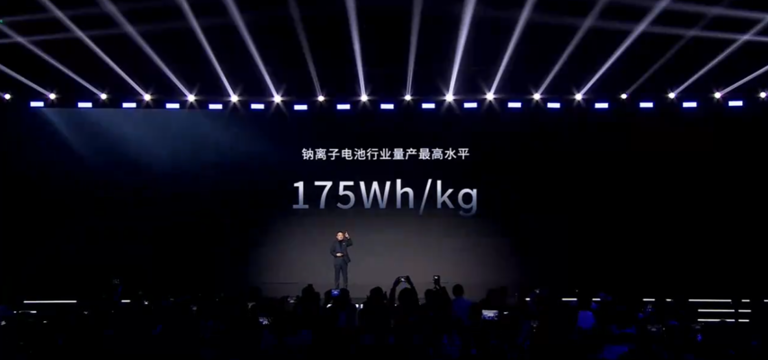
Currently, the energy density of relatively safe LFP (lithium iron phosphate) batteries typically ranges between 140-200Wh/kg, which means CATL's sodium-ion battery, achieving 175Wh/kg, already meets the range requirements for pure electric vehicles.
Sodium-Ion Batteries Are Safer
Compared with traditional lithium-ion batteries, sodium-ion batteries exhibit greater chemical stability. With sodium having a higher melting point than lithium, they are more resistant to melting under extreme conditions, significantly reducing overheating risks caused by internal short circuits.
Additionally, sodium-ion batteries generally employ more stable materials than lithium-ion batteries. Their electrolytes typically consist of inorganic salts dissolved in organic solvents, offering superior thermal stability.
Even under abnormal conditions like overcharging, over-discharging, or short circuits, sodium-ion batteries demonstrate higher resistance to thermal runaway, fires, or explosions.
During the launch event, CATL emphasized these safety advantages, highlighting that its sodium-ion battery integrates high-temperature-resistant materials and a firewall structural design. The battery passed extreme tests—including multi-directional crushing, nail penetration, and drill penetration—without catching fire or exploding.

Performance of CATL Sodium-Ion Battery
Through optimizing the ion conduction pathways in cathode materials and leveraging the three-dimensional porous structure of hard carbon anodes, CATL has increased sodium-ion migration rates by 30%, enabling 5C peak charging capability. This innovation supports both hybrid electric vehicles (HEVs with >200km range) and battery electric vehicles (BEVs with >500km range).
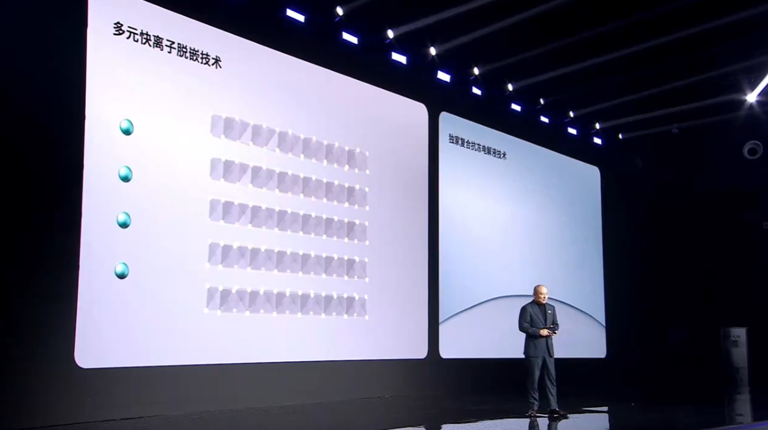
CATL's proprietary electrolyte formulation solves two critical challenges: gas emission at high temperatures and sluggish ion flow at low temperatures. The breakthrough allows the battery to retain 90% of its usable capacity at -40°C—25% higher than conventional lithium-ion batteries at -30°C—while also overcoming the 70°C high-temperature barrier, unlocking sodium-ion battery applications in extreme environments.
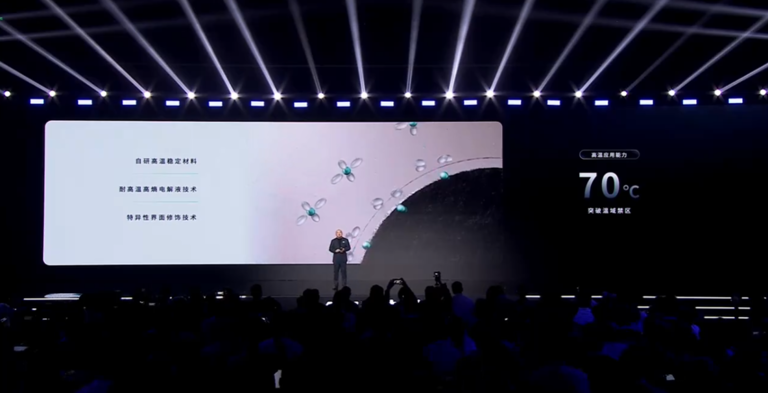
Sodium-Ion Batteries Aren't Meant to Replace Lithium-Ion Batteries
While sodium-ion batteries indeed surpass lithium-ion in safety and temperature adaptability, they are not meant to replace lithium-ion batteries. Instead, sodium-ion batteries fill market gaps with differentiated advantages. The two batteries complement each other in key performance indicators:
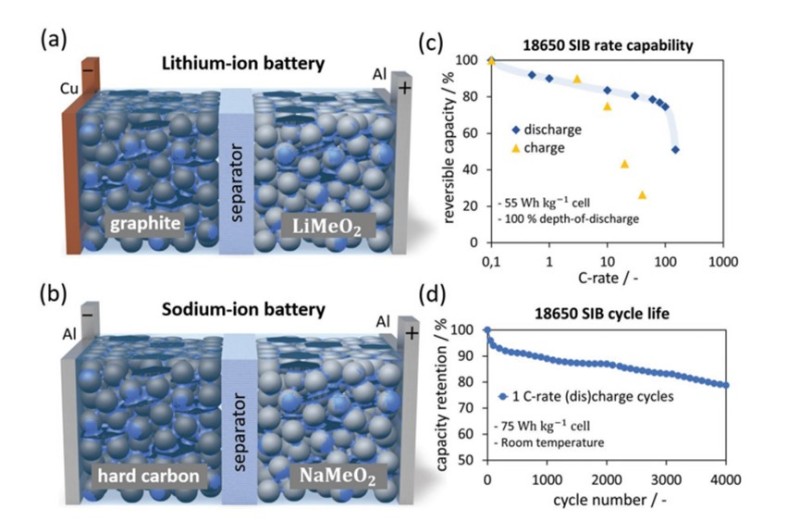
Sodium accounts for 2.75% of the Earth's crust (vs just 0.0065% for lithium), while the prices of key materials like hard carbon anodes and layered oxide cathodes are 40-60% less than the prices of the materials adopted by lithium-ion battery.
CATL data reveals over 80% equipment reusability in sodium-ion battery production lines, enabling rapid increase by using existing lithium-ion battery facilities. By 2026, sodium-ion battery costs are projected to fall below $90/kWh—15-20% lower than LFP batteries—making them the preferred choice for cost-sensitive applications like energy storage and A00-segment EVs.
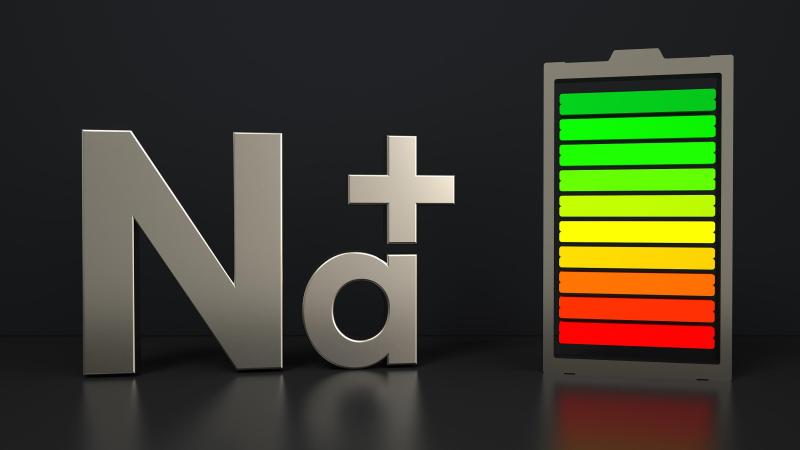
Meanwhile, lithium-ion batteries remain its dominant position among the long-range passenger vehicles (e.g., 800km+ models), leveraging the advantages of NCM (200-300Wh/kg) and LFP (150-200Wh/kg) chemistries. In contrast, sodium-ion batteries, with their current mass-production energy density of 175Wh/kg, are well-suited for urban commuter vehicles and hybrid EVs.
Sodium-ion batteries demonstrate superior performance in extreme temperatures, maintaining 90% capacity at -40°C—far exceeding most lithium batteries (which degrade below 70% at -20°C)—along with enhanced high-temperature stability. These attributes make sodium-ion batteries indispensable for specialized applications such as heavy-duty trucks in Arctic regions (featuring 24V start-stop integrated batteries capable of -40°C ignition) and tropical energy storage systems.
Sodium-Ion Batteries Will Mainly Target at the Low-Price Market
With the mass production of CATL's sodium-ion batteries (24V heavy-duty truck batteries launching in June 2025, passenger vehicle batteries delivering in December 2025), the energy storage industry will experience a transformation: sodium-ion batteries advancing into low-price market while lithium-ion batteries dominate premium markets.

In the field of two-wheelers and low-speed EVs, sodium-ion batteries—leveraging their cold-weather performance and cost advantages—are projected to capture 30% market share by 2027. For grid-scale energy storage, they will initially replace lead-acid and some LFP batteries, achieving large-scale adoption in peak-shaving applications.
Meanwhile, lithium batteries will focus on high-energy-density breakthroughs like solid-state batteries (exceeding 400Wh/kg) and cobalt-free nickel-rich cathodes to serve premium EVs and aerospace applications. Companies of lithium-ion batteries are also accelerating lithium resource recycling to reduce their dependence on raw materials.
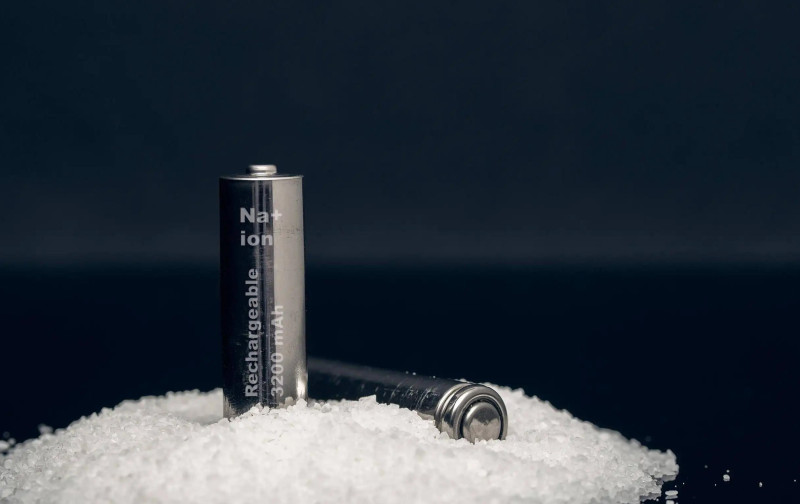
Summary
Sodium-ion and lithium-ion batteries are not competitors, but rather function like gasoline and diesel in the combustion era—driving the energy transition forward through different performance. With the commercialization of CATL's second-generation sodium-ion batteries and similar innovations, the new energy industry is evolving from lithium-dominated era to the era of jointly development of multiple battery technologies. This shift will not only promote the achievement of environmental goals but also provide transformative solutions for reshaping global energy structure.
If any infringement occurs, please contact us for deletion

BYD Plans to Promote 1000V High Voltage Super Charging Stations and Its Models on a Large Scale
【PCauto】Recently, the news that BYD plans to massively implement a 1000V high-voltage supercharging platform has attracted widespread attention. It is reported that this platform will be launched in the middle of March this year and supports super-fast charging above 5C. After its release, it will quickly be popularized to its own models and large-scale construction of 1000V supercharging stations.This move will undoubtedly set off a wave in the new energy vehicle market. Let's delve into the te
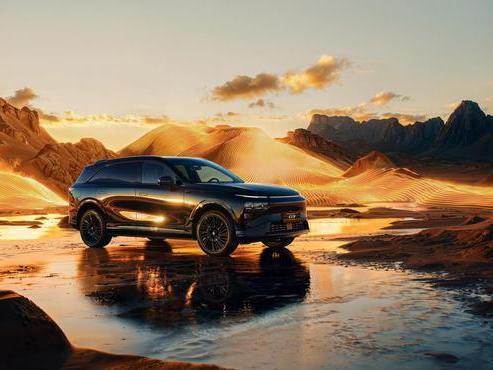
XPENG G9 is about to be launched in China, bringing 66 upgrades in features
【PCauto】XPENG has recently announced that the 2025 XPENG G9 will soon be launched in China. Although the official did not announce the time and price, the success of XPENG G6 and X9 has rekindled expectations for the once-failed G9 by XPENG. In terms of appearance, the G9 continues the X-BOT FACE 3.0 design language, with a closed grill at the front paired with split-style headlights on both sides, new two-tone collision colors and all-black body styles, with a petal-style wheel hub. Combining
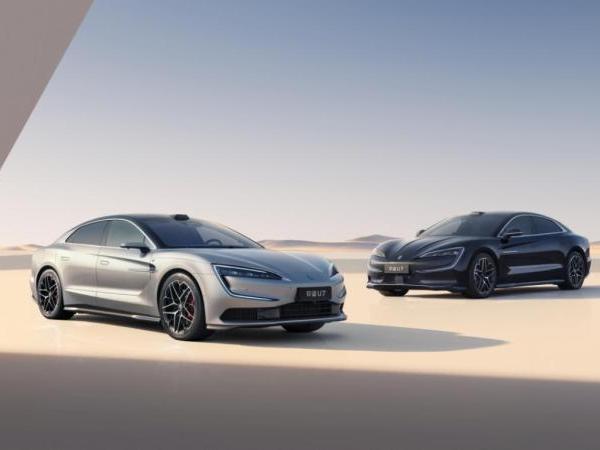
BYD YANGWANG U7 Launches with World's First Suspension Charging Tech
[PCauto] On March 27, BYD YANGWANG U7 was launched, with two power versions of pure electric and plug-in hybrid, a total of four models. YANGWANG U7 EV Five-seater Luxury Edition, priced at about 292.85 million baht/RM38.31 YANGWANG U7 EV Four-seater Flagship Edition, priced at about 330.04 million baht/RM43.19 YANGWANG U7 PHEV Five-seater Luxury Edition, priced at about 292.85 million baht/RM38.31 YANGWANG U7 PHEV Four-seater Flagship Edition, priced at about 330.04 million bah
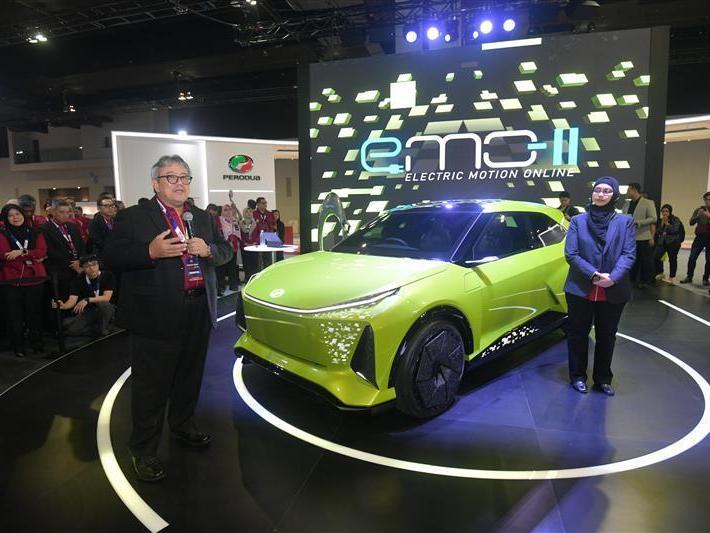
What will the new Perodua Car look like in 2025? What kind of changes will they undergo?
【PCauto】In 2025, Perodua will introduce a series of anticipated new car dynamics, covering the launch of new models and remodeling of several existing models, whether in the bold step in the field of electrification or in the optimization of classical models.Perodua is to launch its first electric car in 2025Perodua's first pure electric car is expected to go on sale officially in the fourth quarter of 2025. To ensure the vehicle's performance and quality, Perodua may initiate testing work as ea

Toyota Expands PHEV Lineup with Crown Estate Launching in Japan
【PCauto】Toyota has launched the new Crown Estate model in Japan. The Estate is the fourth model in the Crown series, and a plug-in hybrid version is also available.The Crown Estate combines design elements of station wagons and SUVs. It's built on the TNGA-K platform and has elegant body lines and spacious interior space. The vehicle's exterior design is exquisite, with the iconic hammerhead front face paired with large-size alloy wheels, showing the temperament of the Crown. In terms of body si
Popular Cars
Car Compare

